Home>Furniture & Design>Interior Design Trends>Why Does Condensation Form On The Outside Of A Drinking Glass
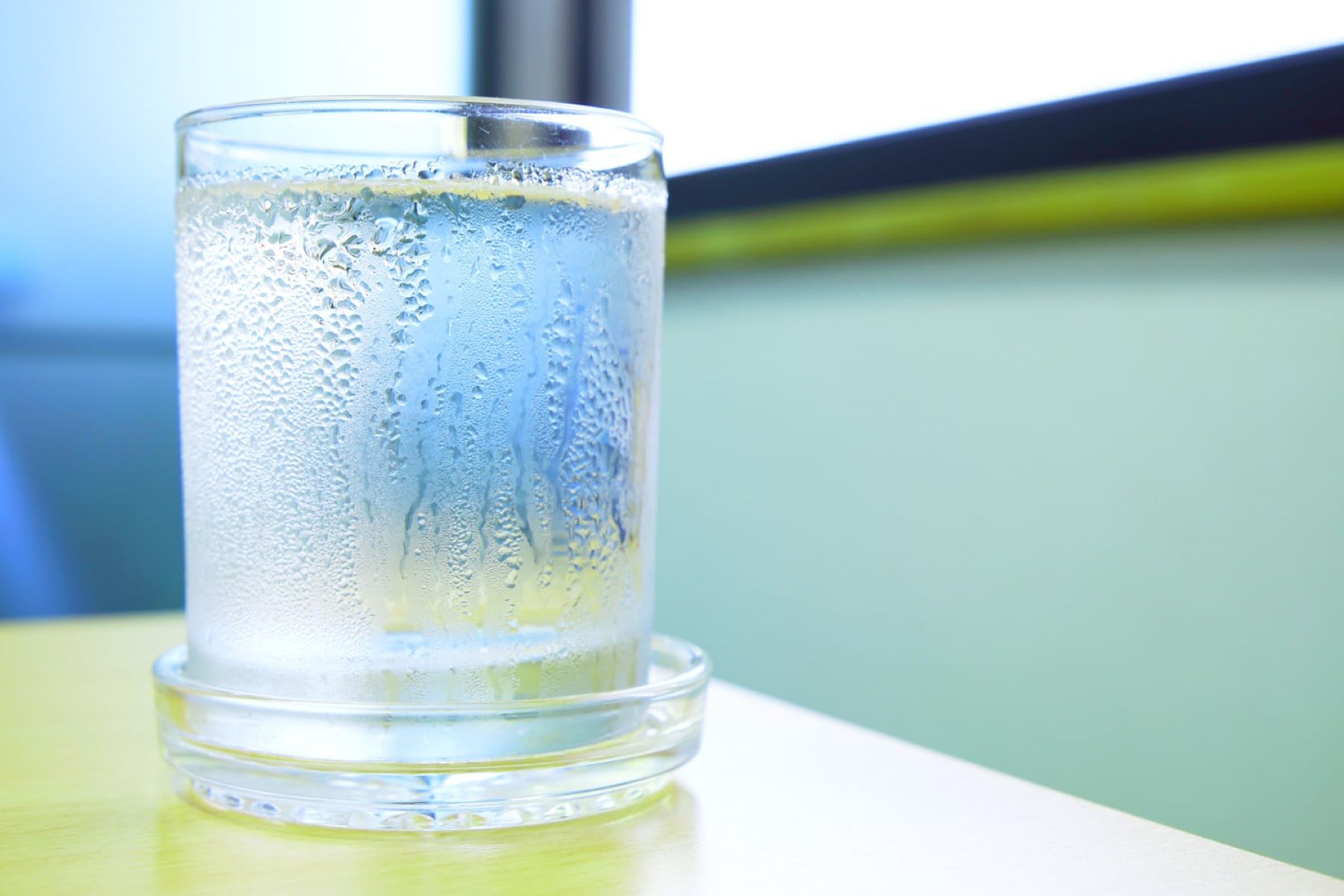

Interior Design Trends
Why Does Condensation Form On The Outside Of A Drinking Glass
Modified: February 17, 2024
Learn why condensation forms on the outside of a drinking glass and how it relates to interior design trends. Explore the impact of temperature differentials and humidity levels in your home.
(Many of the links in this article redirect to a specific reviewed product. Your purchase of these products through affiliate links helps to generate commission for Storables.com, at no extra cost. Learn more)
Introduction
Condensation forming on the outside of a drinking glass is a common occurrence that often sparks curiosity. It's a fascinating phenomenon that occurs when the temperature of the glass surface is lower than the dew point of the surrounding air. This leads to the conversion of water vapor in the air into liquid water droplets on the glass surface. Understanding the science behind this process can provide valuable insights into the factors contributing to condensation and how to prevent it. Let's delve into the intriguing world of condensation on drinking glasses and unravel the mysteries behind this everyday occurrence.
Key Takeaways:
- Condensation forms on a glass when warm air meets a cooler surface, creating water droplets. Managing temperature, humidity, and surface treatment can prevent condensation, keeping glassware clear and beverages enjoyable.
- Understanding and preventing condensation on drinking glasses involves managing temperature, humidity, and surface properties. By taking proactive measures, individuals can maintain clear glassware, enhancing the visual appeal and enjoyment of beverages.
Read more: How Does Sea Glass Form
Understanding Condensation
Condensation is the process by which water vapor in the air transforms into liquid water when it comes into contact with a surface that is cooler than the dew point of the surrounding air. In the case of a drinking glass, when the cold surface of the glass comes into contact with warm, humid air, the temperature difference causes the water vapor in the air to condense into tiny droplets on the outside of the glass.
The formation of condensation on the outside of a drinking glass is a result of the glass surface being cooler than the surrounding air. When the glass is filled with a cold beverage or kept in a cool environment, it causes the temperature of the glass to drop below the dew point of the air. This temperature difference leads to the rapid transformation of water vapor into liquid water, resulting in the formation of droplets on the glass surface.
The process of condensation is a natural occurrence that occurs when warm, moist air comes into contact with a colder surface. It is a fundamental principle of physics and plays a crucial role in various natural phenomena. Understanding the science behind condensation on drinking glasses provides valuable insights into the factors that contribute to this process and how it can be managed to prevent unwanted condensation.
Condensation is not only limited to drinking glasses; it occurs in various everyday situations, such as on windows during cold weather, on cold beverages in warm environments, and even on the surface of fruits and vegetables when taken out of the refrigerator. By understanding the underlying principles of condensation, we can appreciate the intricate interplay between temperature, humidity, and surface conditions that govern this phenomenon.
In summary, condensation on the outside of a drinking glass is a result of the temperature difference between the glass surface and the surrounding air, leading to the transformation of water vapor into liquid droplets. This natural process is influenced by various factors, including temperature, humidity, and surface properties, and plays a significant role in everyday experiences.
Factors Contributing to Condensation
Several factors contribute to the formation of condensation on the outside of a drinking glass. Understanding these factors is essential for effectively managing and preventing condensation in various environments.
-
Temperature Differential: The primary factor contributing to condensation is the temperature differential between the glass surface and the surrounding air. When the glass is cooler than the dew point of the air, condensation occurs. This temperature difference can be influenced by factors such as the initial temperature of the glass, the temperature of the beverage inside the glass, and the ambient air temperature.
-
Humidity Levels: The humidity of the surrounding air plays a crucial role in the formation of condensation. Higher humidity levels increase the likelihood of condensation, as the air contains more water vapor that can condense on the cooler glass surface. In contrast, lower humidity levels reduce the potential for condensation to occur.
-
Surface Material and Texture: The material and texture of the glass surface can impact condensation. Smooth glass surfaces may promote the formation of larger droplets, while textured or frosted surfaces can provide nucleation sites for smaller droplets to form. Additionally, the thermal conductivity of the glass material can influence how quickly the surface reaches the dew point temperature.
-
Environmental Conditions: Environmental factors such as ambient temperature, air circulation, and proximity to sources of heat or cold can affect condensation. For example, placing a cold glass in a warm, humid environment accelerates the condensation process, while a warm glass in a cooler, drier environment may experience less condensation.
-
Insulation and Dew Point Management: Insulating the glass or managing the dew point of the surrounding air can help mitigate condensation. Using coasters, insulating sleeves, or placing the glass on a dry, absorbent surface can reduce the temperature differential and minimize condensation. Similarly, adjusting the ambient temperature or using dehumidifiers can lower the dew point of the air, decreasing the likelihood of condensation.
By considering these factors, individuals can proactively manage condensation on drinking glasses in various settings, whether at home, in restaurants, or at events. Awareness of these contributing factors empowers individuals to make informed decisions to prevent or minimize condensation, enhancing the overall drinking experience and preserving the aesthetic appeal of glassware.
Prevention of Condensation
Preventing condensation on the outside of drinking glasses involves proactive measures to manage the factors that contribute to this natural phenomenon. By addressing temperature differentials, humidity levels, surface properties, and environmental conditions, individuals can effectively minimize condensation and maintain the visual clarity of glassware.
Temperature Management
Managing the temperature of the drinking glass and its surroundings is a key strategy for preventing condensation. Placing the glass on a coaster or insulating surface can reduce the temperature differential between the glass and the air, slowing down the condensation process. Additionally, serving cold beverages in well-insulated glassware can help maintain a consistent temperature, minimizing the likelihood of rapid condensation.
Read more: Why Do Energy Drinks Break Glass
Humidity Control
Controlling the humidity levels in the environment where the drinking glasses are used can significantly impact condensation. Using dehumidifiers in humid spaces or ensuring adequate ventilation in enclosed areas can help lower the overall humidity, reducing the potential for condensation to form on the glass surfaces. By managing the moisture content in the air, individuals can create a more conducive environment for preventing condensation.
Surface Treatment
Treating glassware surfaces with hydrophobic coatings or anti-condensation solutions can mitigate the formation of droplets. These treatments modify the surface properties of the glass, reducing the tendency for water droplets to form and adhere to the surface. Additionally, selecting glassware with textured or frosted surfaces can provide nucleation sites for smaller droplets to form, dispersing condensation more evenly and minimizing visual obstructions.
Environmental Considerations
Considering the environmental conditions in which drinking glasses are used is essential for condensation prevention. Avoiding sudden temperature changes, such as placing cold glasses in warm environments, can help minimize condensation. Furthermore, ensuring adequate air circulation and avoiding direct exposure to sources of heat or cold can contribute to a more balanced environment, reducing the impact of temperature differentials on condensation formation.
Regular Maintenance
Regularly drying the exterior of drinking glasses and ensuring proper storage in dry, well-ventilated spaces can help prevent the accumulation of condensation. Promptly wiping away any moisture that forms on the glass surfaces can maintain their clarity and prevent water spots, enhancing the overall presentation of glassware.
By implementing these preventive measures, individuals can effectively manage condensation on drinking glasses, preserving their visual appeal and enhancing the overall drinking experience. Whether at home, in hospitality settings, or at events, proactive condensation prevention strategies contribute to the maintenance of pristine glassware and the enjoyment of beverages without visual obstructions.
Read more: Why Does Frost Form On Car Windows
Conclusion
In conclusion, the formation of condensation on the outside of a drinking glass is a natural phenomenon influenced by temperature differentials, humidity levels, surface properties, and environmental conditions. Understanding the science behind condensation provides valuable insights into the factors contributing to this process and the proactive measures that can be taken to prevent or minimize its impact.
By recognizing the interplay between temperature differentials and humidity levels, individuals can proactively manage condensation on drinking glasses in various settings. Implementing strategies such as temperature management, humidity control, surface treatment, environmental considerations, and regular maintenance empowers individuals to preserve the visual clarity of glassware and enhance the overall drinking experience.
Furthermore, the prevention of condensation extends beyond practical considerations to encompass aesthetic and sensory aspects. Clear, condensation-free glassware enhances the visual presentation of beverages, allowing their colors and textures to be fully appreciated. Additionally, the absence of condensation ensures a comfortable and enjoyable drinking experience, free from visual obstructions and water spots.
In homes, restaurants, bars, and event venues, the proactive prevention of condensation on drinking glasses contributes to the maintenance of a polished and inviting atmosphere. It reflects attention to detail and a commitment to providing an exceptional experience for individuals enjoying their favorite beverages.
Ultimately, the understanding and prevention of condensation on drinking glasses align with the broader pursuit of enhancing everyday experiences. By leveraging scientific insights and practical strategies, individuals can elevate the enjoyment of beverages, promote visual appeal, and create inviting environments that celebrate the art of glassware presentation.
In essence, the management of condensation on drinking glasses transcends functional considerations to encompass the artistry of presentation and the cultivation of memorable experiences. Through informed practices and a thoughtful approach, individuals can savor their beverages in a visually captivating and comfortable manner, enriching the rituals of dining, socializing, and relaxation.
By embracing the principles of condensation management, individuals uphold the tradition of elevating everyday moments, transforming them into occasions of delight and refinement. In doing so, they honor the significance of visual clarity, aesthetic appreciation, and the artful presentation of beverages in the fabric of daily life.
Frequently Asked Questions about Why Does Condensation Form On The Outside Of A Drinking Glass
Was this page helpful?
At Storables.com, we guarantee accurate and reliable information. Our content, validated by Expert Board Contributors, is crafted following stringent Editorial Policies. We're committed to providing you with well-researched, expert-backed insights for all your informational needs.
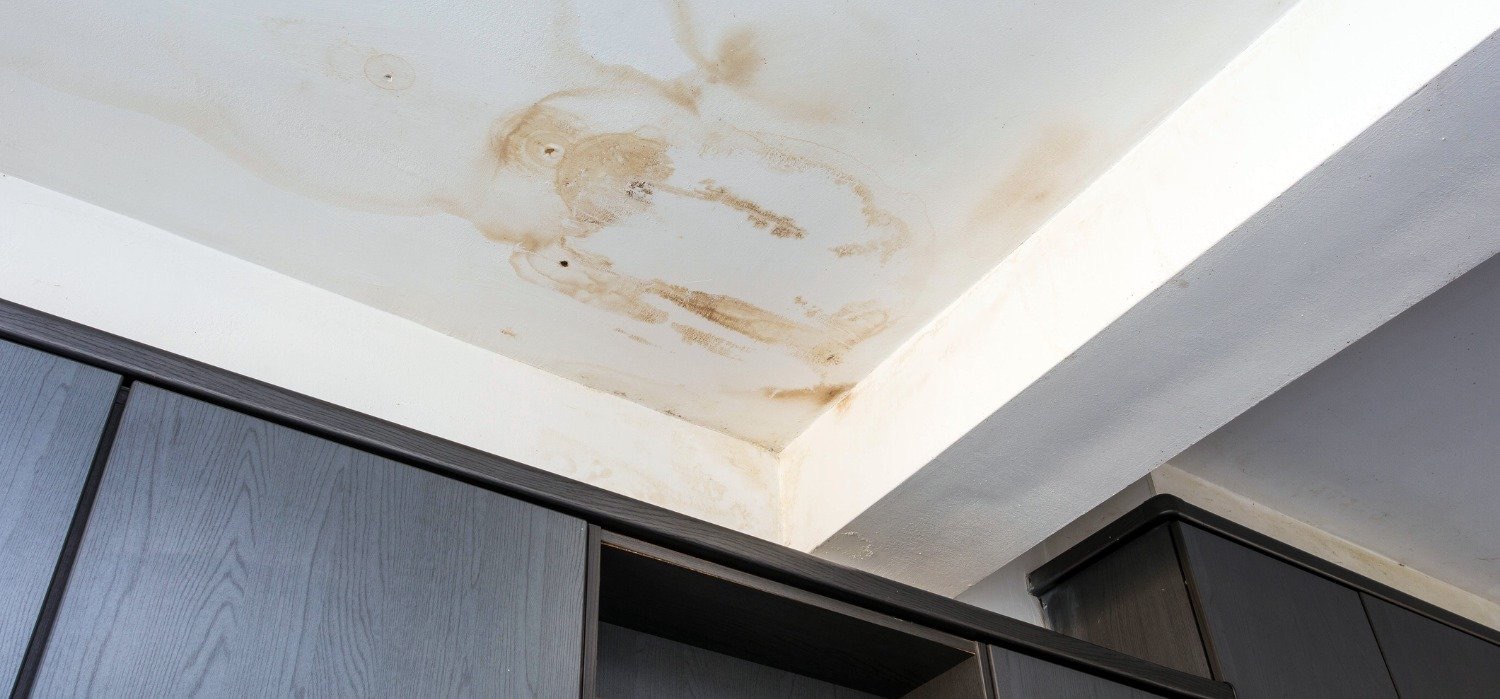
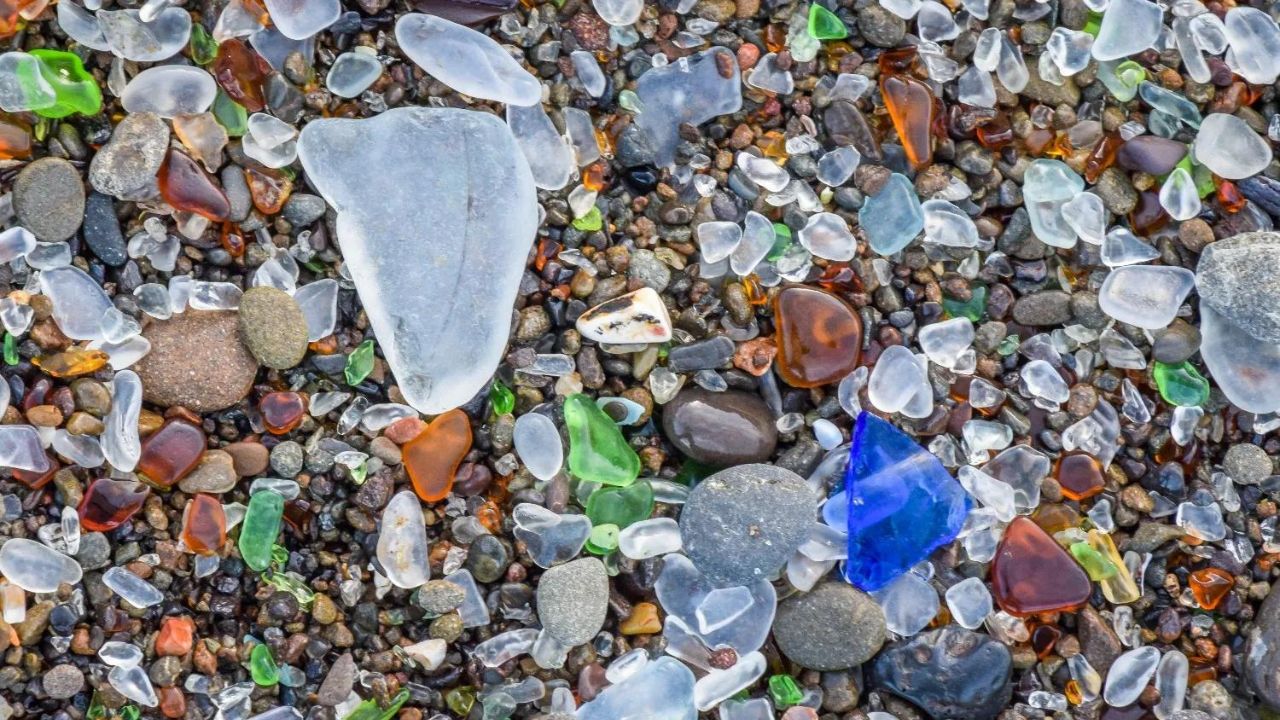
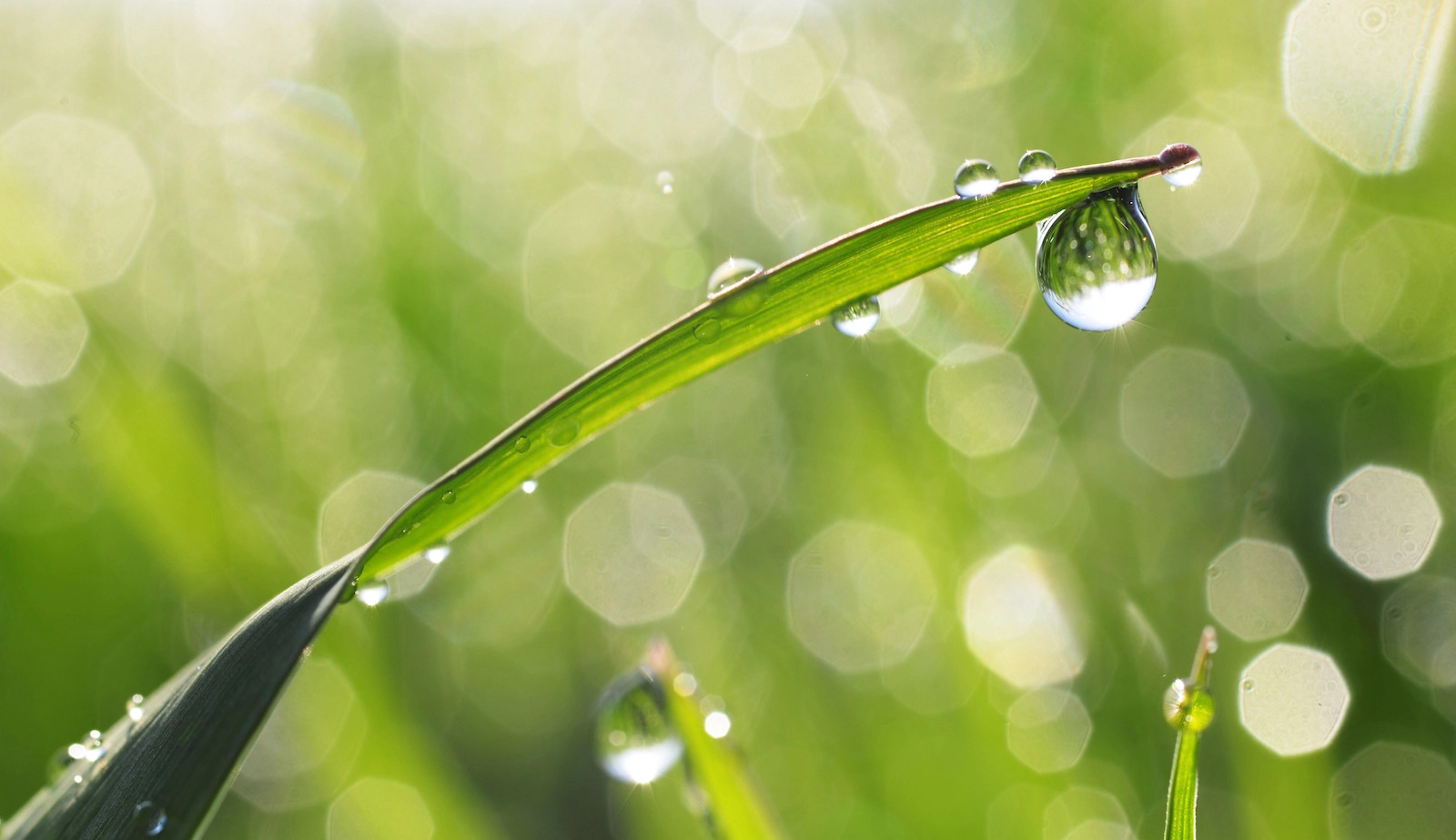
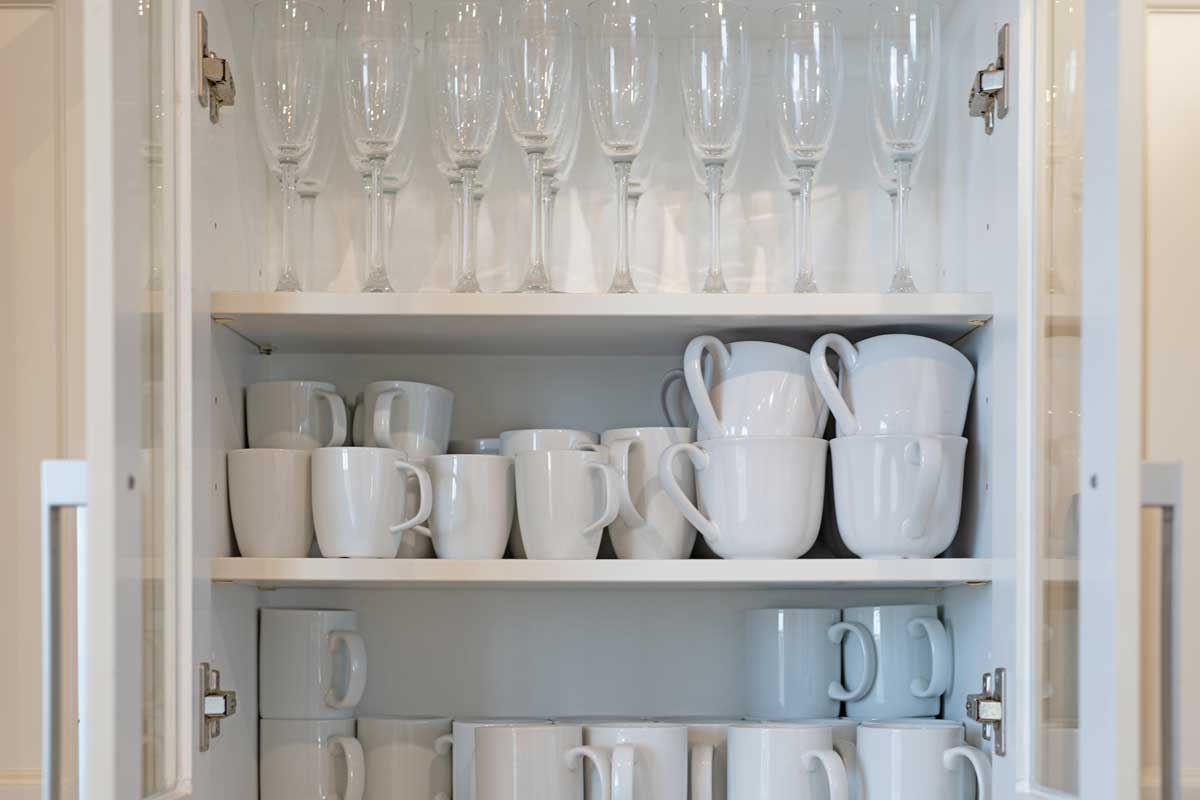
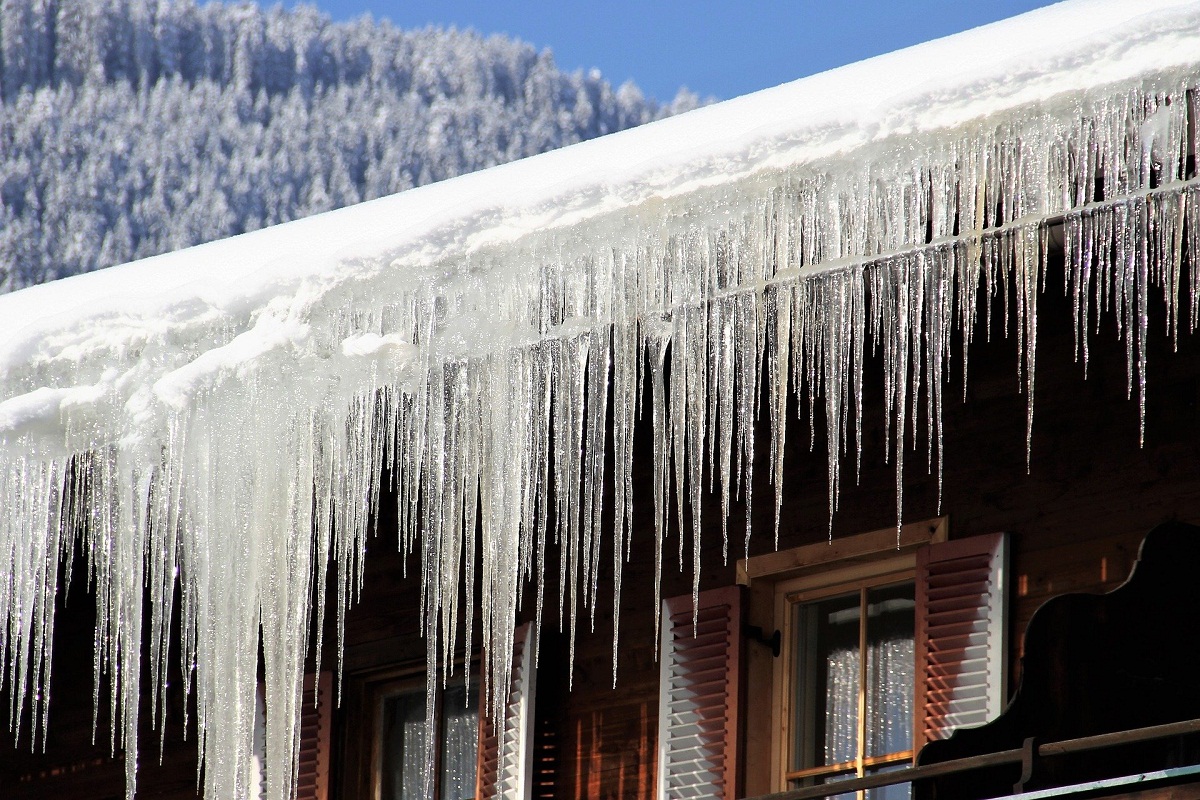
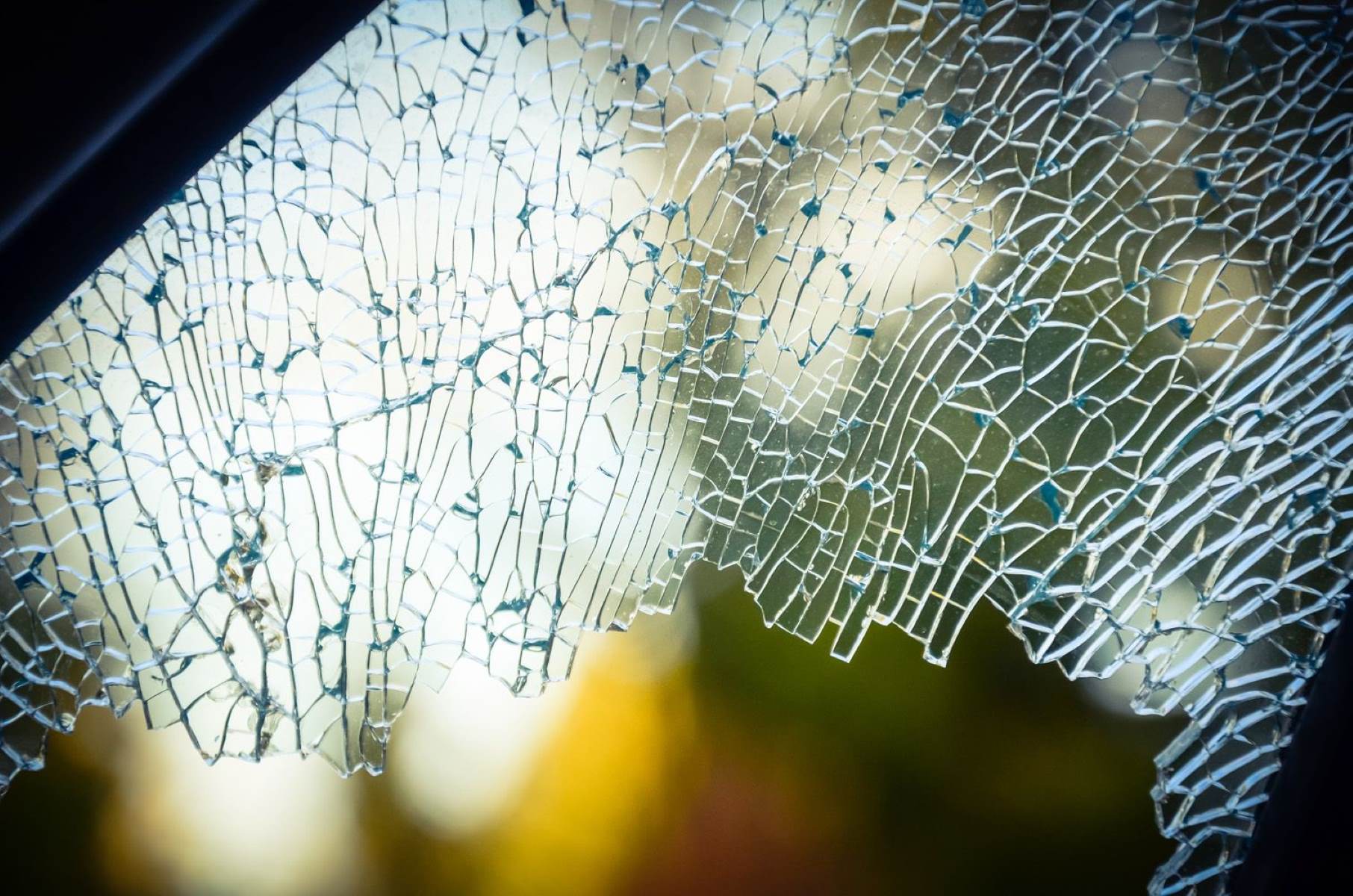
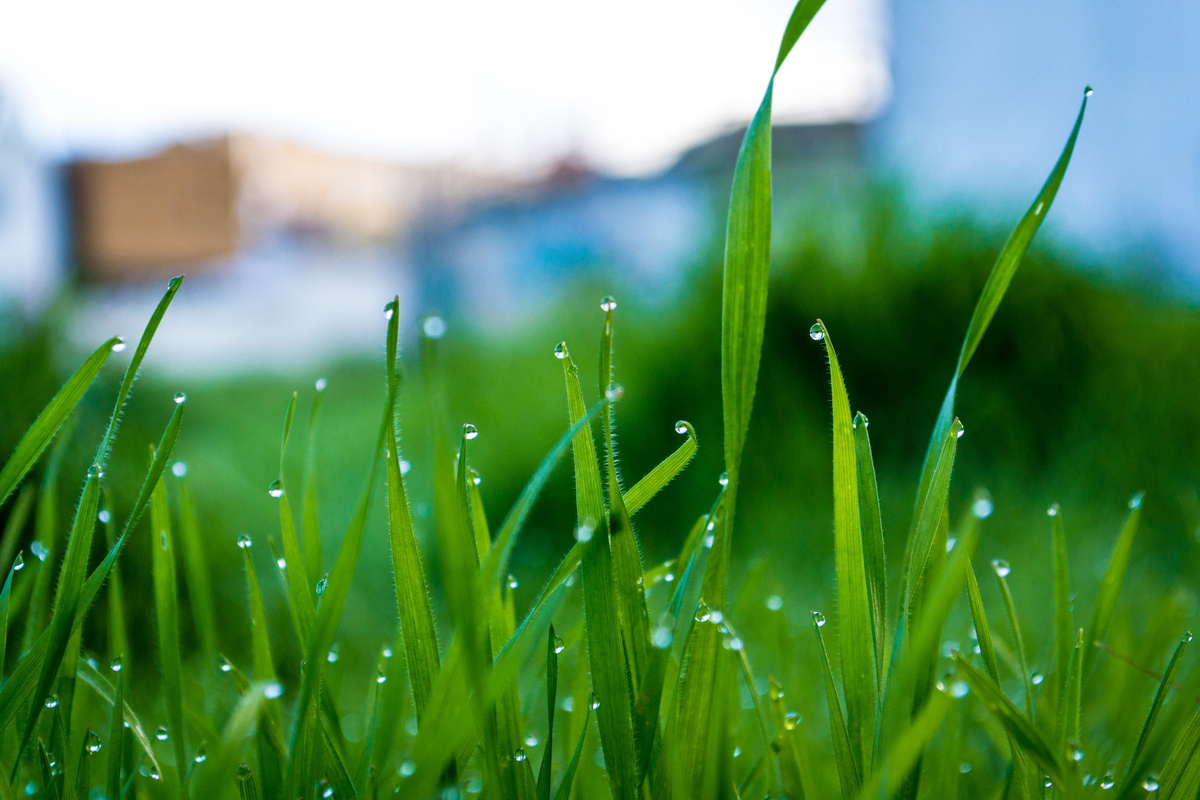
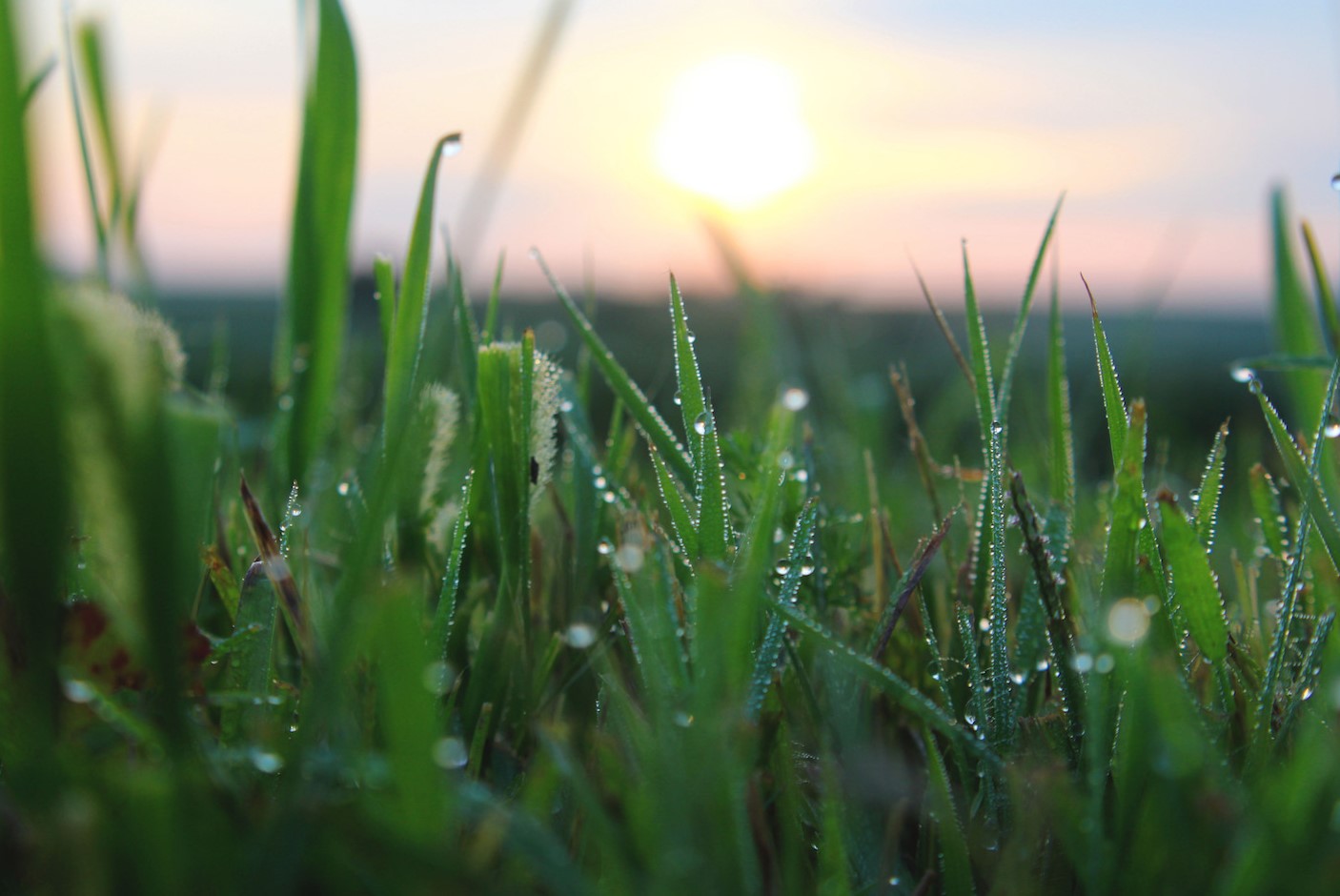

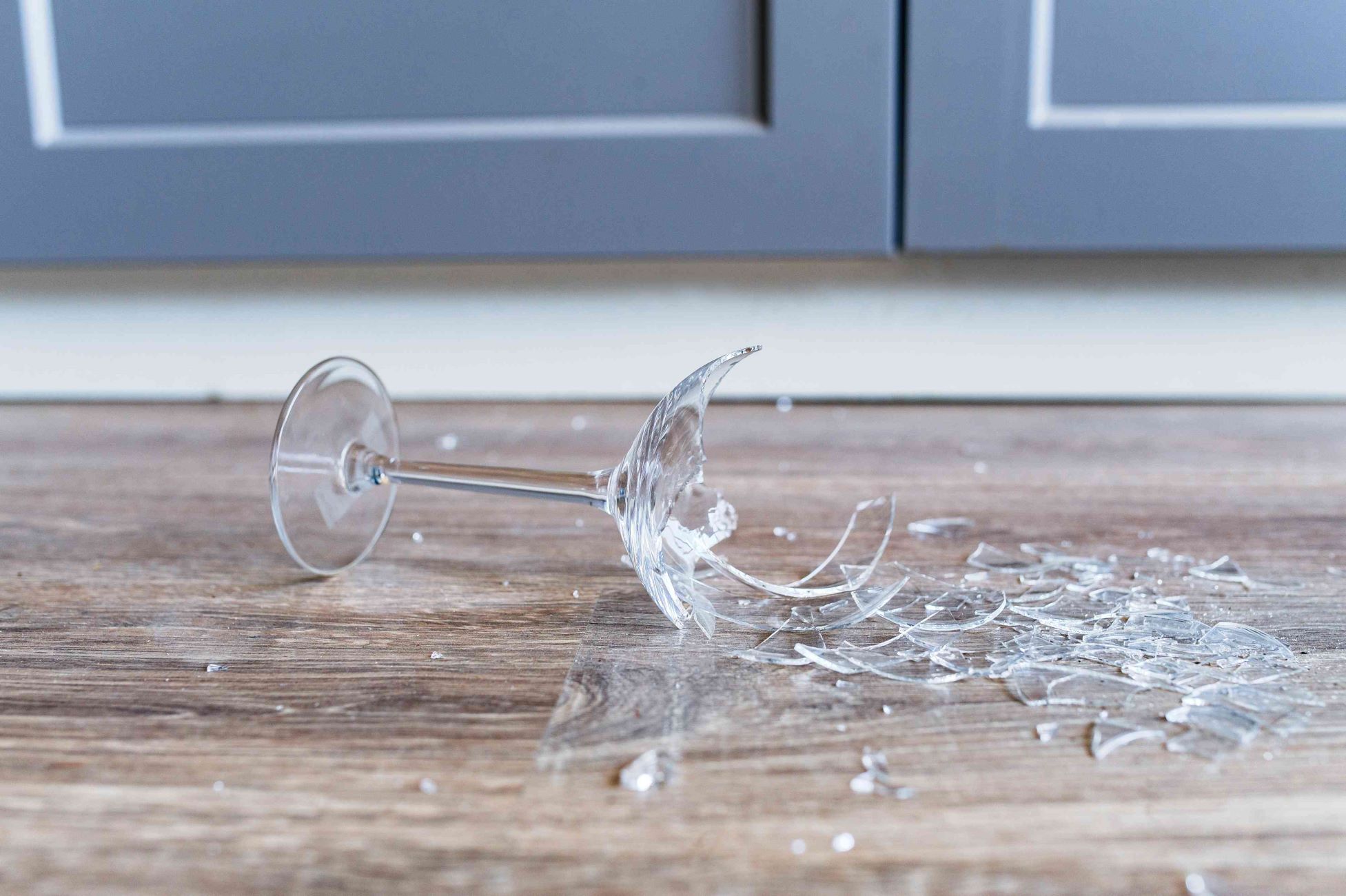

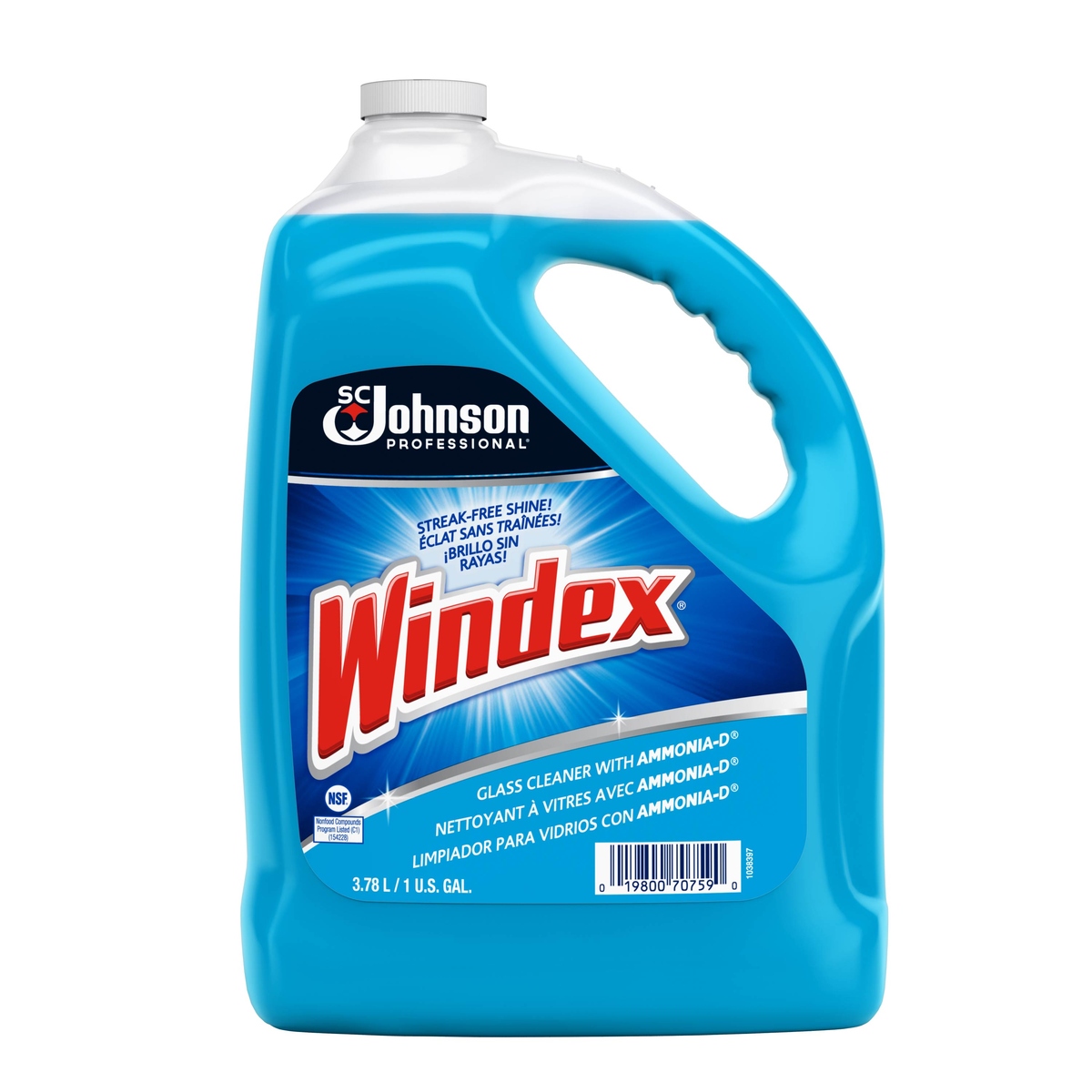
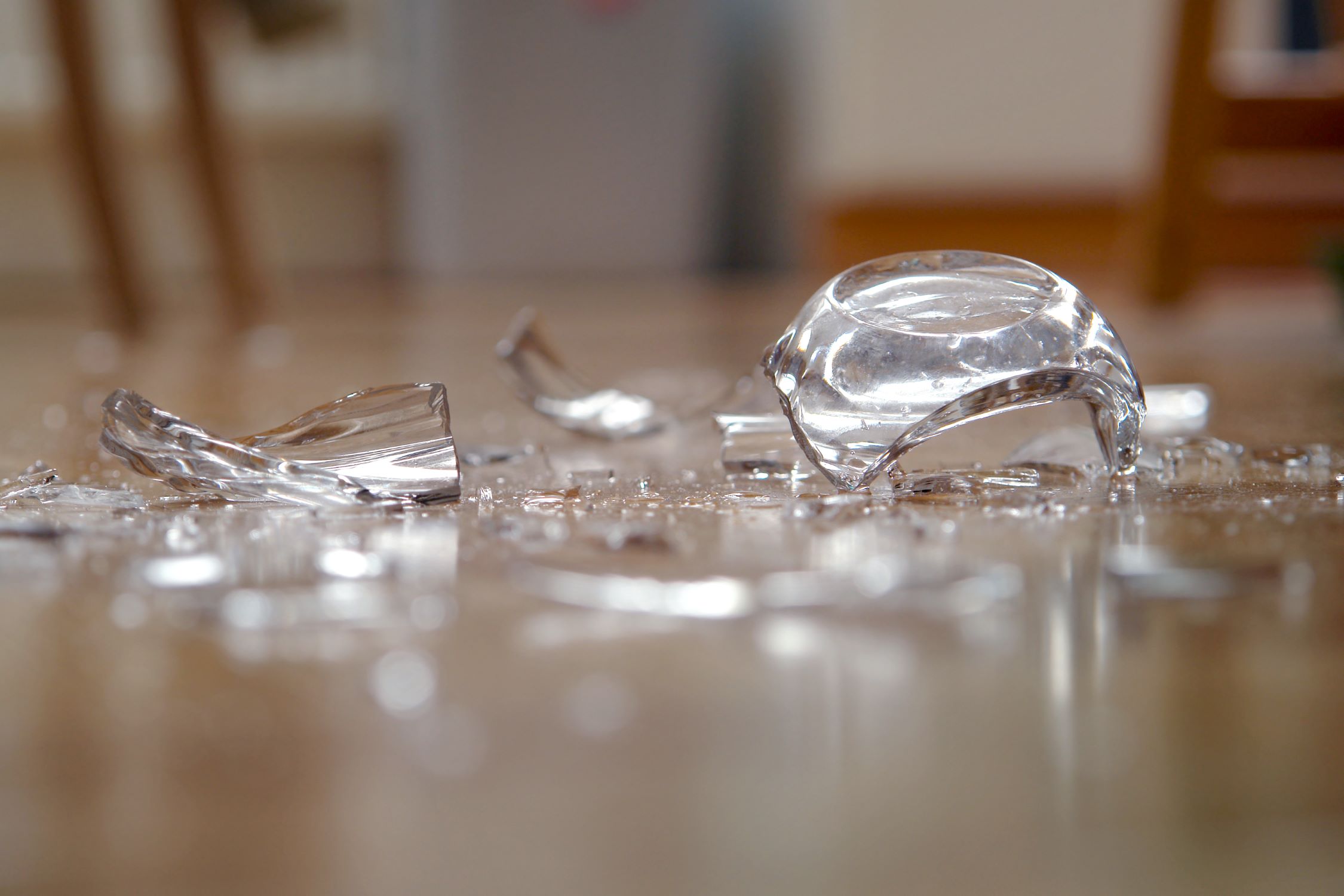

0 thoughts on “Why Does Condensation Form On The Outside Of A Drinking Glass”